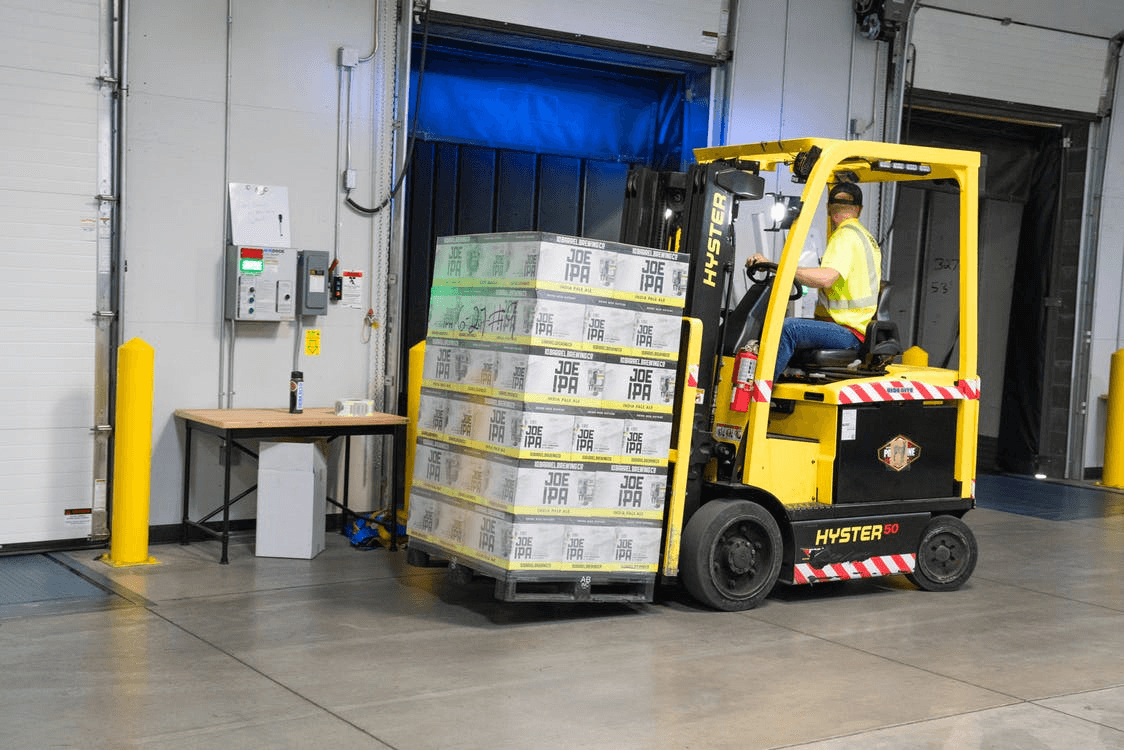When running a retail, manufacturing, supply, or fulfilment business, the warehouse is crucial to your success. The more cost-effectively and quickly you can store, manage, and move products, the more profit that’s yours to make. However, warehouses are full of the potential for inefficiency. For that reason, we’re going to look at how you cut the downtime, cut the costs, and cut the wasted energies to make sure your warehouse is the most efficient beast it can be.
Measure it
Before you can even answer how you make your warehouse more efficient, you need to know how efficient it is already. Thankfully, warehouses are easy to measure when you put your mind to it. There are plenty of software suites that can track major key performance indicators for warehouse success, including receiving efficiency, picking accuracy, carrying cost of inventory, inventory turnaround, and the like. With these key performance metrics, you can see where your greatest inefficiencies are. Are you spending too much on storing and transporting products? Does it take too long for products to get posted? Are they kept in place too long, clogging up the system and making it hard to find a place for new inventory? The tips we explore now are going to help you address some of those problems.
Track your products (and equipment)
Nowadays it’s easier than ever to completely track all the inventory in the warehouse. You can see when something arrives, how long it remains in storage, and when it’s finally shipped off. This has a whole series of benefits. First of all, by tracking where both products and equipment are with management software like Vero, it’s much easier to identify and find the inventory that you need at any one point. Furthermore, knowing where it is reduces the chances of loss by having inventory that goes unseen until it’s no longer able to be moved on and sold or used.
Clean navigation is crucial
With the right tracking solutions, your team should know how to find the things they need, but how easy is it for them to reach and find them? Warehouse navigation needs to be orderly, offering the most direct path to inventory as possible. It means it takes a lot less time to get from point A to point B, meaning your intake, output, and moving processes will go quicker, allowing your workers to get more done each day. Besides slowing your staff down, inefficient warehouse layouts are a lot more likely to lead to potential accidents, which are disastrous not just for efficiency, but also for employee navigation. Beyond layout, make sure that lighting is as effective as possible and that individual sections, from walkways to storage bays to equipment storage, are clearly marked. Keeping floor maps with different sections noted can help all employees quickly get where they need to go, too.

Fuelling your savings
Cost efficiency is just as important as time efficiency. First of all, there’s the cost of maintaining inventory, such as cooling and air conditioning. Ensuring your equipment is regularly serviced and as efficient as possible can reduce your costs in the long-term, even if it costs more in the short term. For warehouse equipment, such as forklifts, using more energy efficient fuels can help you get more out of every gallon if you switch from traditional fuels like petrol to better burning alternatives, such as Supagas LPG. There are plenty more ways to make warehouses more energy efficient, such as implementing LED light bulbs instead of the traditional kind, too.
The most dangerous source of downtime
As mentioned, accidents and injuries on the warehouse floor are a great risk to your efficiency. For one, your negligence can put members of the team out of commission, directly affecting the overall productivity of the warehouse. However, it also shows the risks of the work to the other members of the team. This can cause their morale to take a hit and poor morale means employees that are less engaged with the work and thus likely to become less productive. Make sure you secure the environment with good lighting and non-slip mats where necessary, provide all the essential personal protection gear and, most importantly, hold regular briefings on different risks of the warehouse. It might seem a little boring, but it shows the workers you take their welfare seriously, as well as reducing the real risk of accidents happening.
Know your partners
Your warehouse is not an island, if you’re like most other businesses. You might work with your own suppliers and wholesalers who supply the inventory that you’re storing, or you might work with fulfilment services who go on to ensure your products end up where they need to be. Whatever your supply chain is, ensuring that it’s reliable is crucial to warehouse efficiency. Otherwise, your team might sit around waiting for inventory that haven’t arrived or be sitting on inventory that they’re waiting to ship. Supply management systems like Avercast can help you highlight potential problems in your supply chain, so you can communicate the issue with your partners and, if necessary, identify when you need to consider replacing them.

Make a lean packaging machine
If packaging products for delivery or transit is a part of your warehouse, then implementing a host of safe and efficient packaging tips can help you greatly speed up the inventory output of the whole team. Consider creating a factory line-like setup for your packaging team, where each employee takes care of one part of the process before passing it onto the next. Ensure their packaging space is designed ergonomically to reduce the risk of back or joint injury on the job, as well. Beyond putting the systems you need in place, from more efficient energy use to tracking your products, you need to make sure that your management team is able to handle the busy nature of the warehouse. Having the right people in the role matters a great deal, as you need to ensure they can stay on top of the systems you establish.
